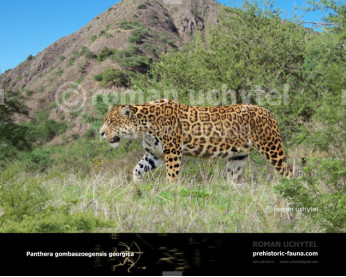Pleistocene North American jaguar (Panthera onca augusta)
3939Pleistocene North American jaguar (Panthera onca augusta Leidy, 1872)
Order: Carnivora
Family: Felidae
Genus: Panthera
Species: P. onca
Dimensions: length - 1,8 m, height - 90 сm, weight - 60-130 (max 190) kg
Temporal range: during the Early Pleistocene - Early Holocene epoch (1.8 mya—10,000 years ago) (North America)
The Pleistocene North American jaguar is an extinct ancestor of our modern American big cat. It lived during the Pleistocene epoch (1.8 mya —10,000 years ago) throughout all of America, for about a good 10.2 million years.
It has been suggested that the Pleistocene big cat entered the American hemisphere from Asia through the Beringia Land Bridge after it divided from the European jaguar (Panthera gombaszoegensis) about 1.5 million years ago. From there on it spread from northern America to the uppermost north of Argentine. It was much larger than our modern day jaguar (about 15 to 20%). The legs were about 6% longer, with the forefeet and hindfeet being about 9.5% longer. It is believed that this ancient big cat was much larger than the jaguars from today, as their remains were found norther of the extant jaguar populations, and thus farther away from the equator (since current populations found more north and south are also larger than those found in equatorial regions).
To this day, many discoveries have been made of this animal’s remains. A very notable discovery was made in the early 90′s in the Blue Spring Cave in central Tennessee. The discovery in question was a well preserved trackway of about 1.6 km long. Although people are uncertain about whether these were made by the Pleistocene North American jaguar, a jaw bone found in the very same cave also belonged to the same animal, supporting the theory that the tracks, too, were made by our extinct big cat. Unfortunately, the exact age of these tracks are not known. It is, however, believed that they must be older than 11,500 years ago, because jaguars have not been in the area since then. However, the tracks might be 13,000 to 25,000 years old, or much older.
Pleistocene North American jaguar (Panthera onca augusta Leidy, 1872)
Order: Carnivora
Family: Felidae
Genus: Panthera
Species: P. onca
Dimensions: length - 1,8 m, height - 90 сm, weight - 60-130 (max 190) kg
Temporal range: during the Early Pleistocene - Early Holocene epoch (1.8 mya—10,000 years ago) (North America)
The Pleistocene North American jaguar is an extinct ancestor of our modern American big cat. It lived during the Pleistocene epoch (1.8 mya —10,000 years ago) throughout all of America, for about a good 10.2 million years.
It has been suggested that the Pleistocene big cat entered the American hemisphere from Asia through the Beringia Land Bridge after it divided from the European jaguar (Panthera gombaszoegensis) about 1.5 million years ago. From there on it spread from northern America to the uppermost north of Argentine. It was much larger than our modern day jaguar (about 15 to 20%). The legs were about 6% longer, with the forefeet and hindfeet being about 9.5% longer. It is believed that this ancient big cat was much larger than the jaguars from today, as their remains were found norther of the extant jaguar populations, and thus farther away from the equator (since current populations found more north and south are also larger than those found in equatorial regions).
To this day, many discoveries have been made of this animal’s remains. A very notable discovery was made in the early 90′s in the Blue Spring Cave in central Tennessee. The discovery in question was a well preserved trackway of about 1.6 km long. Although people are uncertain about whether these were made by the Pleistocene North American jaguar, a jaw bone found in the very same cave also belonged to the same animal, supporting the theory that the tracks, too, were made by our extinct big cat. Unfortunately, the exact age of these tracks are not known. It is, however, believed that they must be older than 11,500 years ago, because jaguars have not been in the area since then. However, the tracks might be 13,000 to 25,000 years old, or much older.

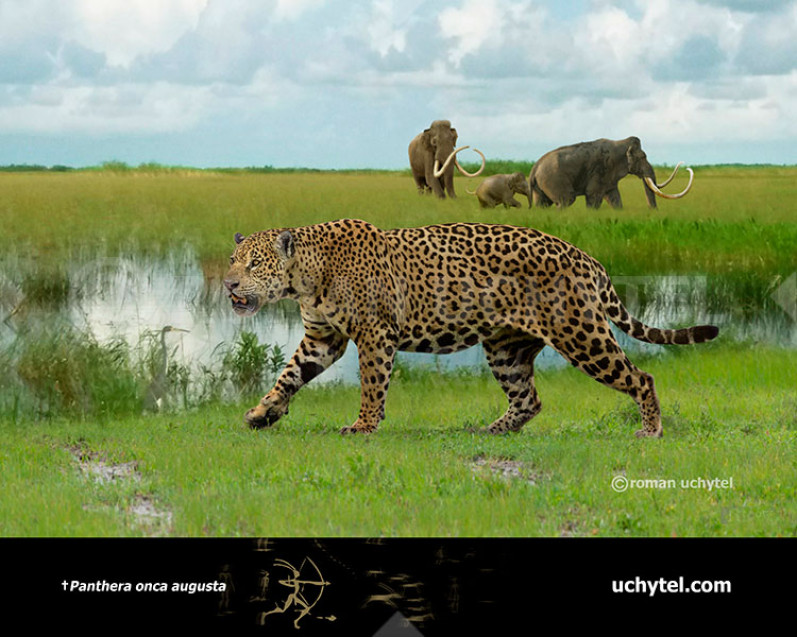
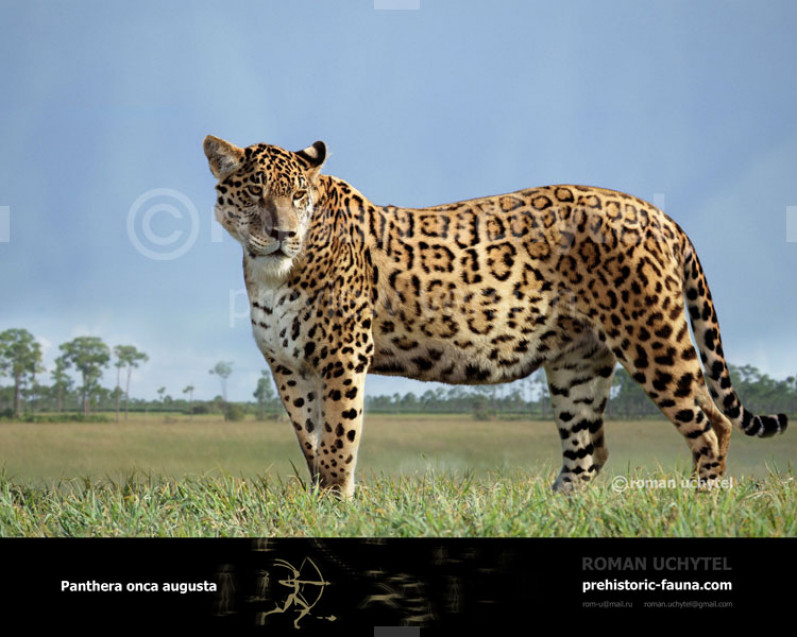
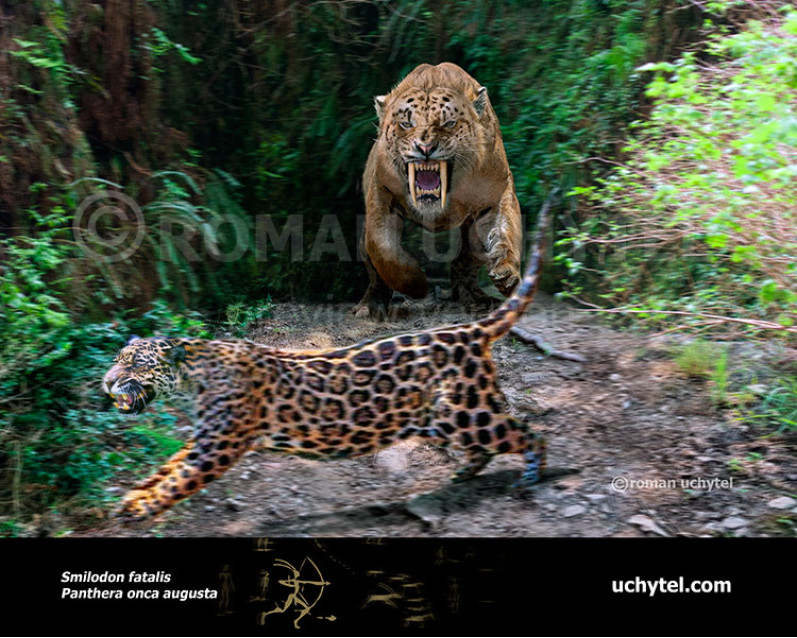
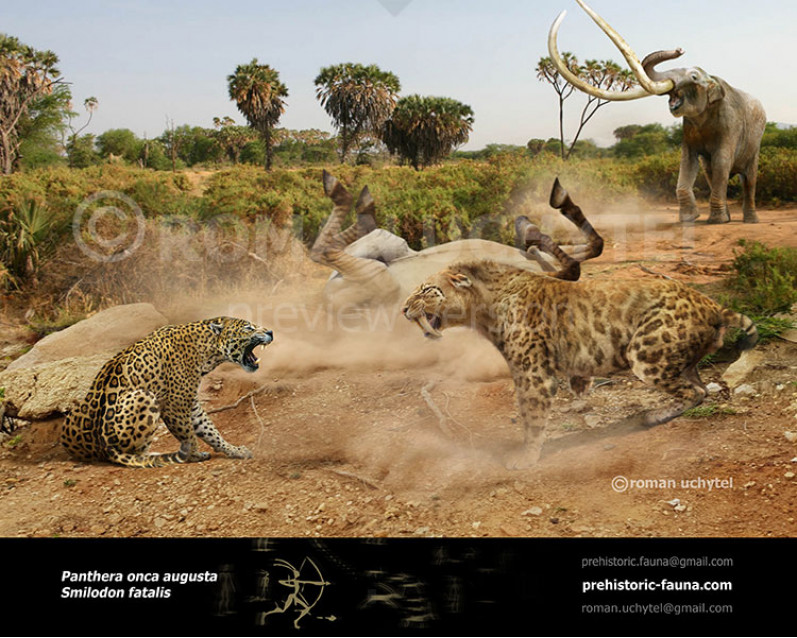
-797x638.jpg)




-70x56.jpg)
-346x277.jpg)
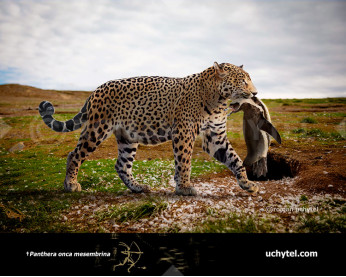
-346x277.jpg)
